Change seems to come slowly in the ductwork business. A large percentage of duct fabrication is done by installing contractors, so most of the emphasis is installing the project more efficiently, not major advances to the duct itself. That’s not to say we haven’t seen advances. Coil lines, plasma tables, the 4-bolt connector and the change from 4 foot to 5 foot coils were all game-changers. But where has innovation like that been taking place since the 1980’s?
Not surprisingly, a lot of the innovation has been happening among SPIDA members. Some of the ideas have been more successful than others. Some are waiting on energy policies to catch up and help create a market. Still others are seeing tailwinds from the recent material cost and supply chain crisis. So why SPIDA? First of all, don’t let the name fool you. We’re known in the industry as the Spiral Duct Manufacturers Association. Yes, we all have spiral duct machines, and we’re committed to the concept that round is the best shape to transport air. But we all make other shapes as well, including flat oval and rectangular. Over time our organization has morphed from an advocacy group for spiral duct to the most significant group of duct fabricators and their suppliers. The focus on fabrication, not installation, is the reason SPIDA members focus on the product – ductwork – and why innovation is regularly happening within the organization.
Another thing about SPIDA is the relationships between our members and suppliers. Only about 30% of commercial duct in the US is spiral duct, regardless of how much sense it has always made for that percentage to be much higher. Our members have traditionally been optimists that believed “if we just make it a little better or a little more affordable” more of that market will come to us. That form of optimism leads you to take a different look at the ductwork you make --- and innovation happens. Finally, the collegial nature of the organization leads our members to discuss “problems” and suggest solutions. Most of us serve regional markets, so we’re comfortable discussing things with another SPIDA member from across the country. Our supplier members are an invaluable part of these relationships because they see an approach work in one part of the country and want to “spread the word”.
A popular feature of the annual SPIDA meetings are the “roundtables.” Each year, a group of issues are submitted by our members. Each issue is assigned a table, and we have sessions where the process and possible solutions are discussed. This is a unique form of collaboration from a group of people you might have thought of as competitors that would have been at each other’s throats. The mix of experienced fabricators, astute businessmen and knowledgeable technical expertise from our suppliers usually guarantees a brisk exchange of ideas we can take home.
You’ve probably figured out that this is a not-so-subtle invitation for duct manufacturers and suppliers to consider being actively involved in SPIDA. To make our point, we want to briefly highlight some of the many innovations that SPIDA members have been at the forefront for over the past 30 years. Many of these are patented or classified as patent-pending, so it’s a testament to them being novel ideas.
Gasketed Ducts
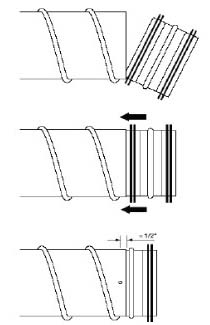
Most SPIDA members now make gasketed products, and tightening energy and leakage standards will only make these a more attractive product in the coming years. It was former SPIDA member Lindab, and their successor and current member Linx Industries, that introduced them to North America in the 1990’s.
Grooved Fiberglass Duct Liners
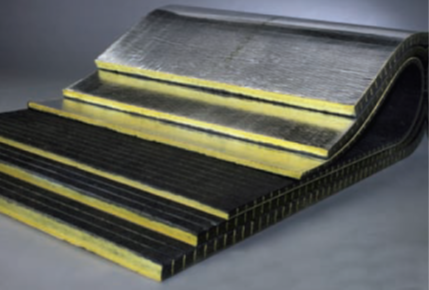
Another innovation of the 1990’s introduced by SPIDA members Johns-Manville, their Spiracoustic round duct liners offered an alternative to traditional double-wall products or external wrapping. Many of the SPIDA members were some of the original fabricators that helped introduce the product.
Spiral Rectangular Duct
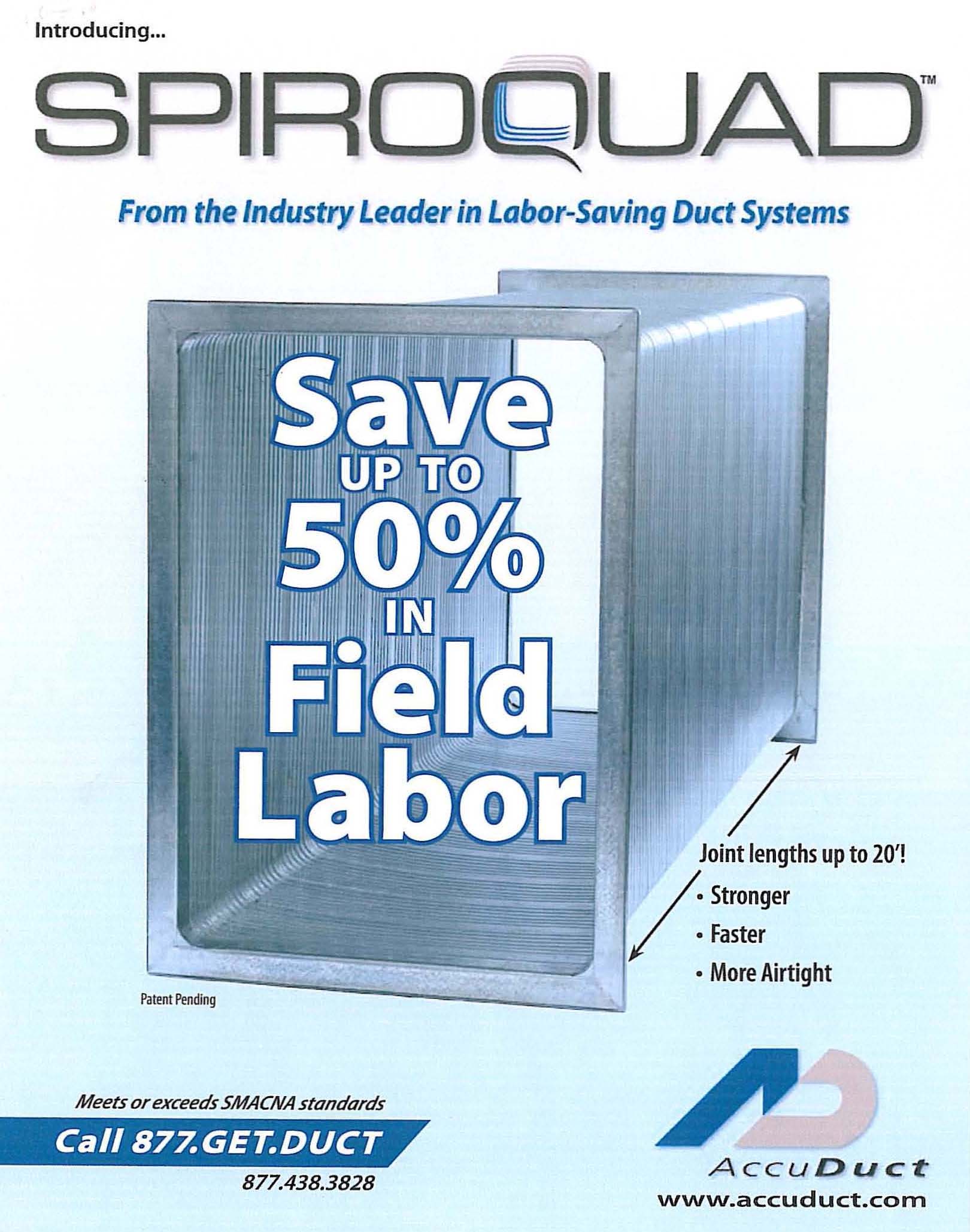
No one in our industry has been more consistently innovative than Jeff Hermanson of Accu Duct Manufacturing in Algona, WA. His company has built probably the largest range of sheet metal ductwork products in the US, developing much of the process and tooling in-house. A rumor that “Jeff’s working on something new” will usually impact our plans for walking through the AHR/ASHRAE show. An example of his many innovations was the development of the SpiroQuad product in the early 2000’s. There was a need for tighter ducts in up to 20 foot lengths, but with the ability to use local fabrication for fittings. SpiroQuad was a form of spiral lockseam duct, stretched into a rectangular cross-section rather than a flat oval one. Provided with a proprietary flanged transverse connection, the ducts easily mated with the conventional TDF rectangular fittings fabricated by their customer’s shops.
Closed-Cell Elastomeric Duct Insulations
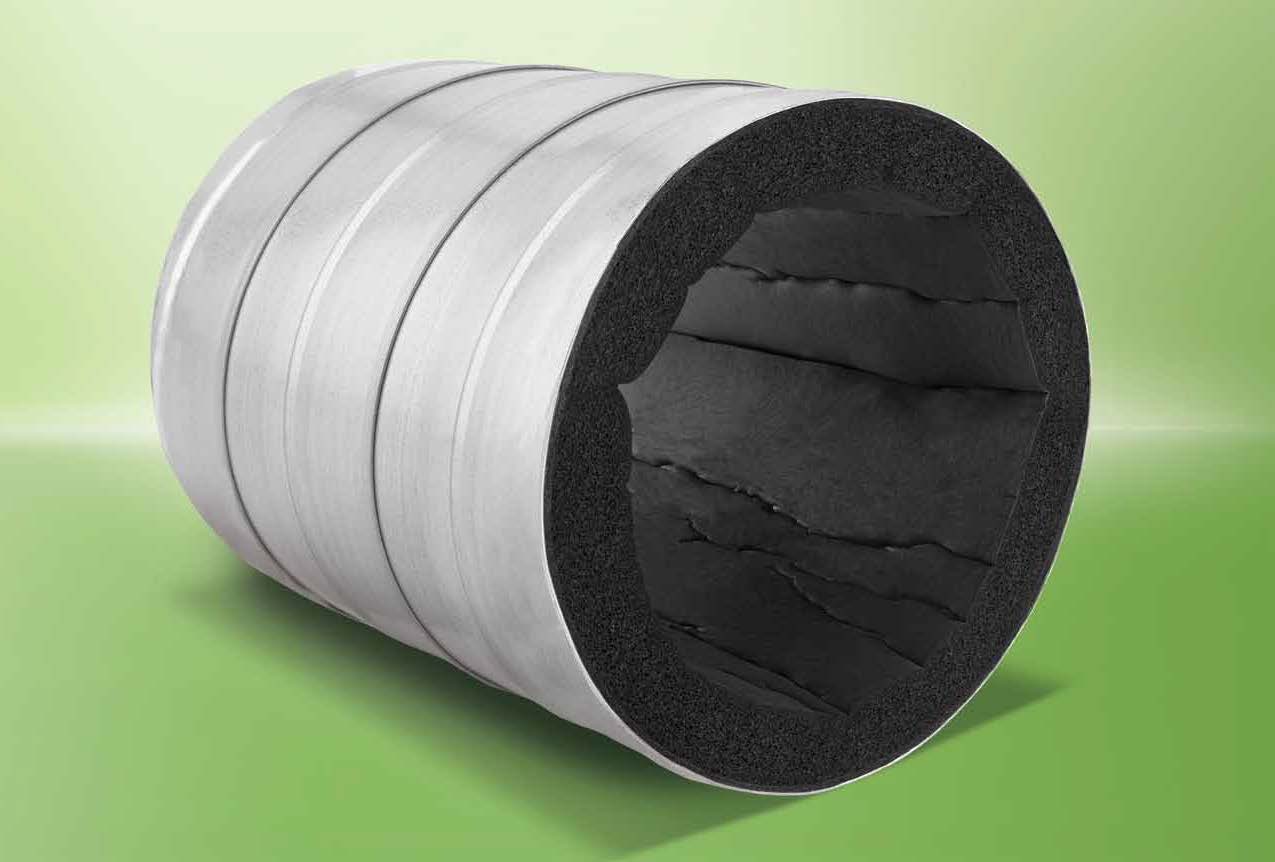
The 1990’s were a time when some reports, since proved incorrect, created worry that our conventional fiberglass insulations would prove to be carcinogenic. SPIDA members were looking for answers, and no one at the time was more proactive than Michael Resetar, Technical Director at Armacell. He was very active with SPIDA throughout the 2000’s, and his attention to the unique needs of round duct manufacturers led to his role in developing specific round-duct products like AP SpiralFlex.
The Round Duct Flange
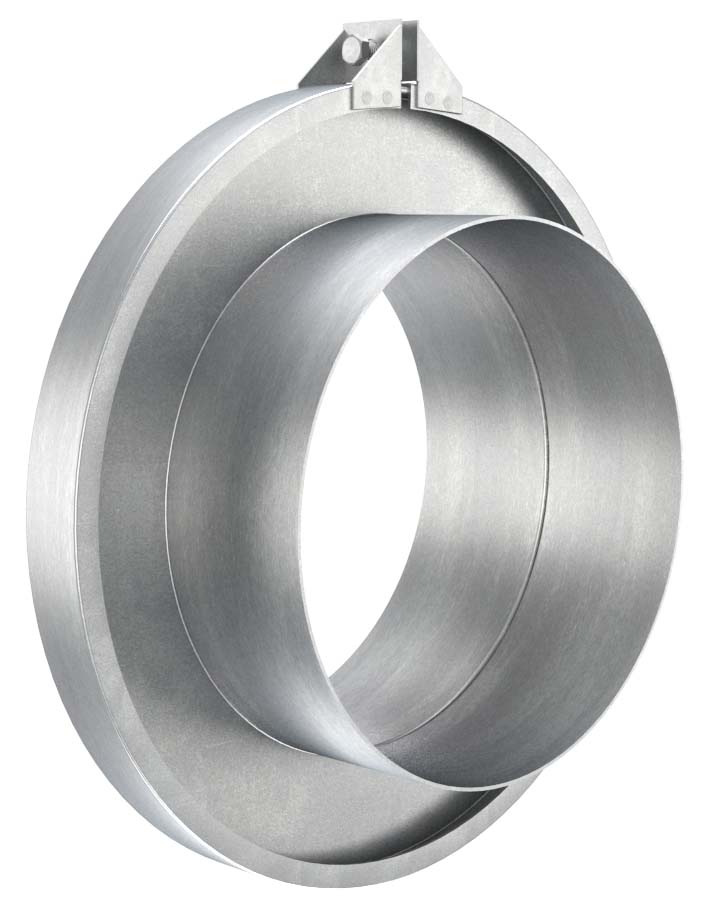
The evolution of the round duct flange has been ongoing since the 1980’s with significant innovations from members such as DuctMate, Metu-Streimer, Sheet Metal Connectors and Spinfinity, producing unique commercial duct flange systems.
Spiral Elbows
Sometimes innovation is recognizing the potential of a product and taking the substantial risk to be the first to introduce it in a market. That was Tradesman Manufacturing of Lethbridge, AB in the late 2000’s with the spiral elbow. They introduced this product throughout North America and commissioned the testing for strength and seam leakage that hastened acceptance.
The High Efficiency Takeoff
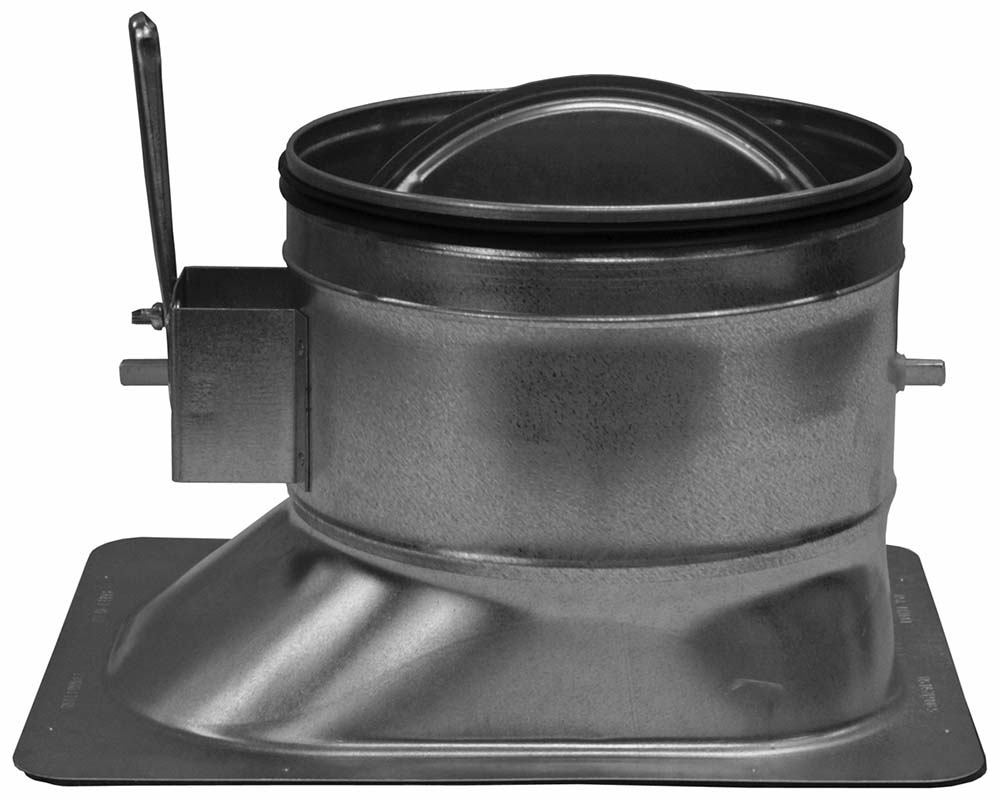
Lo-loss round taps have been around for a long time, but it took a company with the capabilities of Sheet Metal Connectors of Minneapolis, MN to make them efficiently. Led by Jim Myers, their Super HETO round tap was developed with the body being pressed from a single piece of steel, giving it smooth radius corners and a sealed seamless construction.
Slab Duct
If you’ve seen a high-rise residential tower go up recently, one thing should stand out to us duct people – there’s no room above a ceiling for ductwork. Tradesman Manufacturing developed their Slab-Duct specifically to install in the floor slab without sacrificing structural integrity. Formed from spiral lockseam pipe and manufactured in 10-foot lengths, these products are used for exhaust air, fresh air intakes and supply air for the unique needs of the high-rise residential market.
Rooftop Duct
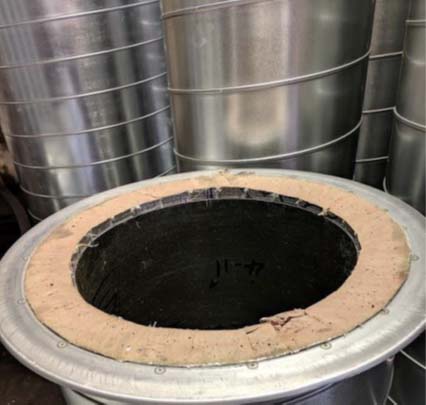
The consensus on rooftop ducts is that it should always be round. We have the obvious features of a round shape such as the resistance to wind, water ponding and snow/ice accumulation. You can also use lighter gauges and less supports than for rectangular ducts. The unique needs of rooftop duct led SPOT (Spiral Pipe of Texas) to develop their PhenoliDuct system. Phenolic insulation is 50% greater thermal resistance than equivalent fiberglass or elastomeric insulations, is closed-cell and non-moisture-wicking, and has excellent fire characteristics. But as a rigid board, it was not made to conform to a round shape. SPOT solved the fabrication issues in developing a unique duct system for rooftops with all of the advantages of round shape, R-12 insulation, closed-cell moisture protection and a rigid sheet metal exterior – all in a duct system that takes no special training for sheet metal contractors to install.
Automated Manifolding
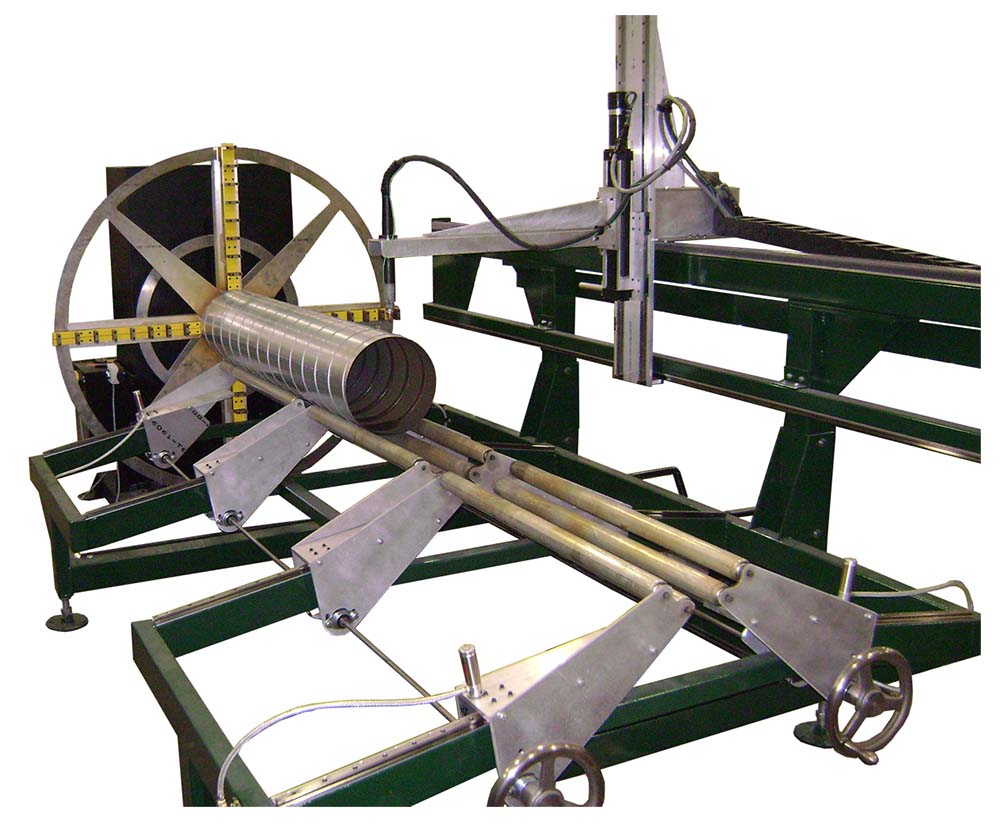
“Spooling” or “manifolding” of ducts has been around a long time, but today’s labor market has accelerated the need for assembling as much of the system in the shop as possible so it can be installed with as little effort as possible in the field. With round and flat oval ductwork – usually cutting and installing taps into lengths of spiral duct – this was a cumbersome process, especially when the taps were exposed to view and often at angles other than 90-degrees. SPIDA member VICON Plasma Automation, Inc. developed their VICON Spiral Pipe Plasma Cutting System specifically to help spiral duct manufacturers automate this process with speed and a high level of accuracy.
The HVAC Duct Manufacturers Alliance
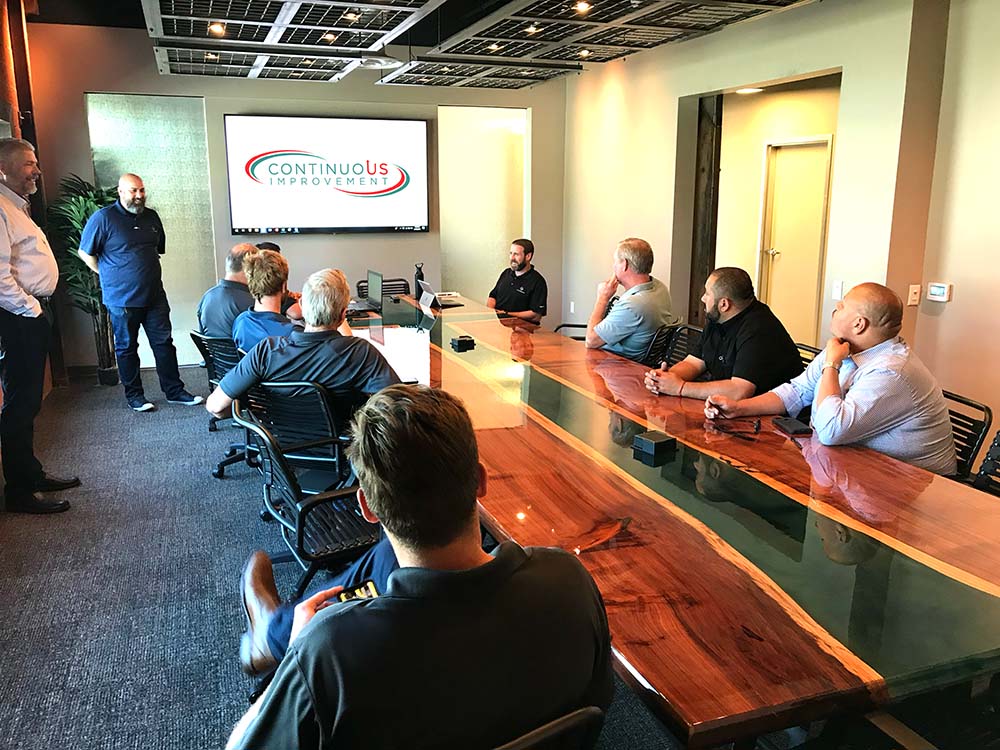
Sometimes innovation needs structure. Graham Johnson leads the HVAC Duct Manufacturers Alliance, a peer group formed to foster continuous improvement within the manufacturing and business process. Duct manufacturers are not huge corporations that can spend hundreds of thousands of dollars to bring in business consultants and coaches that often don’t really understand the challenges of a business that primarily a manufacturer, but also has a place near the bottom of the contractor chain on commercial construction projects. The HVACDMA provides it’s members the benefits of formal process improvement assistance, but with a focus on small regional companies in a specific market.
Over a decade ago, Omniduct began practicing Lean Manufacturing to improve their processes, increase productivity, and reduce costs, all while providing outstanding opportunities to their employees. Through their many years of trial and error, they learned what techniques made the biggest difference in a duct shop, as well as the power of masterminding with peers. In 2018, they became a founding member of the HVAC Duct Manufacturers Alliance, an organization dedicated to connecting like-minded shops who want to improve and grow together. Today, the sixteen member-companies of the DMA practice ContinuoUs Improvement daily, meet weekly in peer groups to share ideas and solve problems, and work with industry experts to become the best duct shops in the world. Members have saved thousands of hours of labor and hundreds of thousands of dollars through their innovations. For more information, please visit www.HVACDMA.com.


Report Abusive Comment